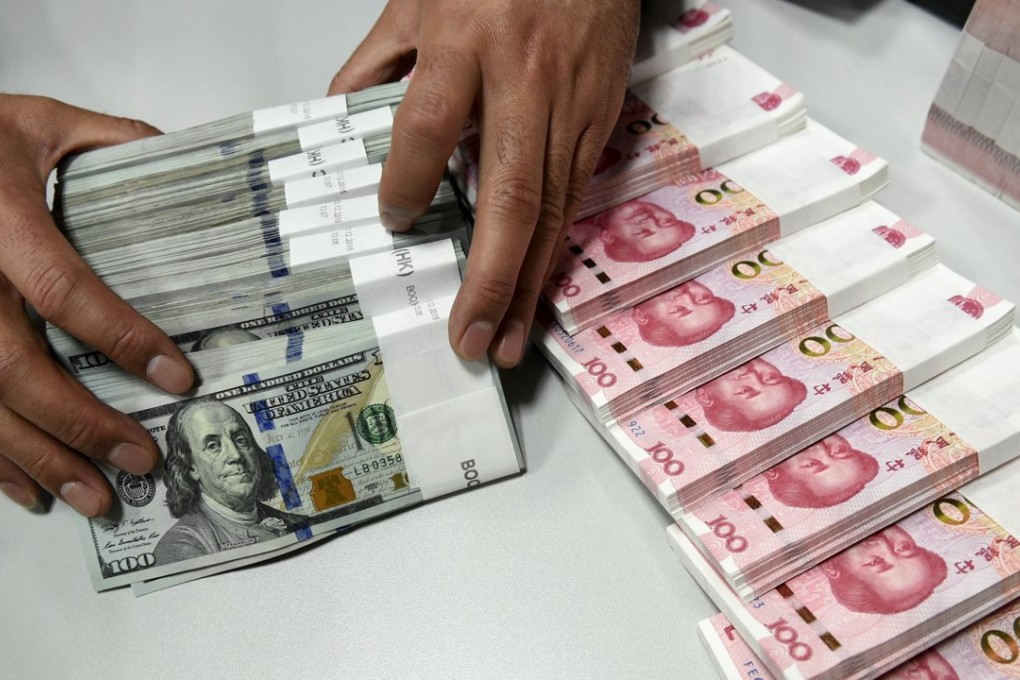China foreign-exchange reserves drop as PBOC supports yuan
The central bank said forex reserves fall almost $100 bn in January

China’s foreign-exchange reserves shrank to the smallest since 2012, indicating that the central bank sold dollars as the yuan’s retreat to a five-year low exacerbated depreciation pressure.
The world’s largest currency hoard decreased by $99.5 billion in January to $3.23 trillion, according to a People’s Bank of China statement released on Sunday. The contraction was less than a Bloomberg survey’s median estimate of a $120 billion drop. The stockpile slumped by more than half a trillion dollars in 2015, the first-ever annual decline.
Policy makers fighting to hold up the weakening yuan amid slower economic growth, plunging stocks and increasing outflows have been burning through the reserves. The draw-down has continued since the central bank’s surprise devaluation of the currency in August, when the stockpile tumbled $94 billion, a monthly record before December’s unprecedented $108 billion decline.
“While the remaining reserves represent a substantial war chest, the rapid pace of depletion in recent months is simply unsustainable,” said Rajiv Biswas, Asia-Pacific chief economist at IHS Global Insight in Singapore. “Domestic private investors and global currency traders see a one-way bet against the currency. This has resulted in large-scale private capital outflows since early 2015 as expectations mount that the PBOC will eventually be forced to capitulate once its reserves are sufficiently depleted.”
READ MORE: China’s foreign exchange reserves likely to record another massive fall in January, analysts predict
Capital outflows increased to $158.7 billion in December, the most since September and were $1 trillion last year, according to estimates from Bloomberg Intelligence. That’s more than seven times the amount of cash that left in 2014.